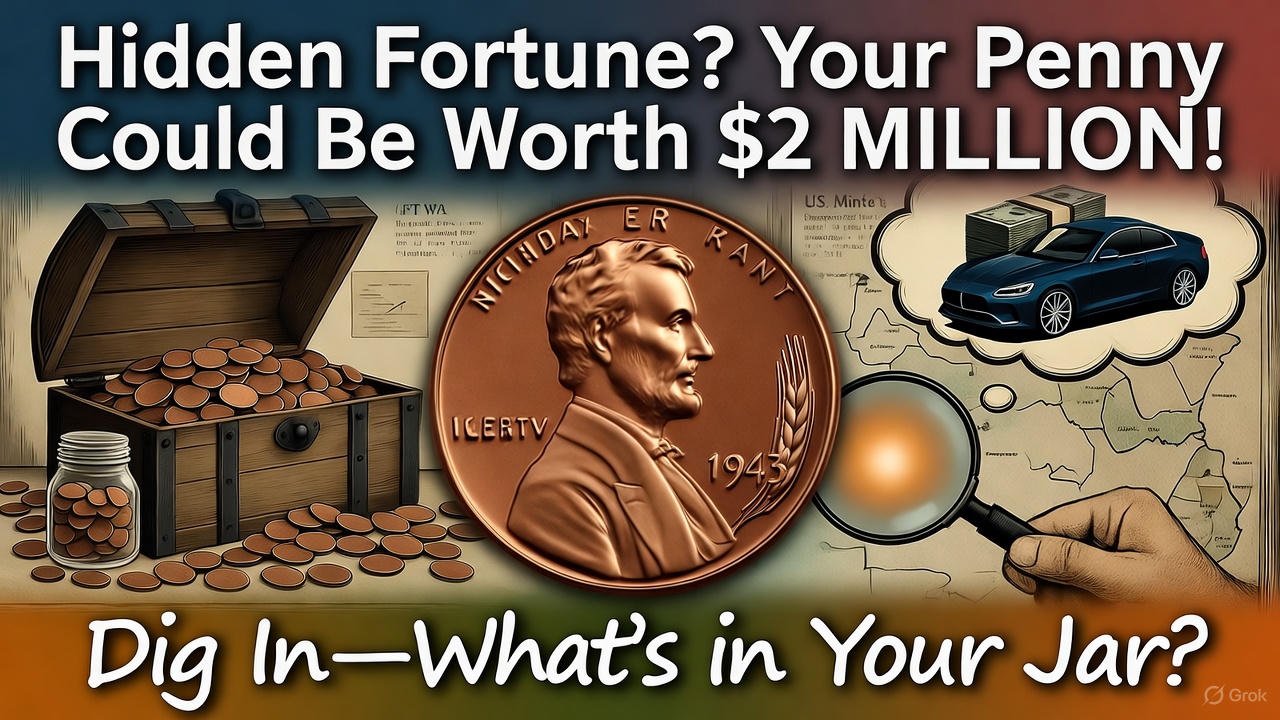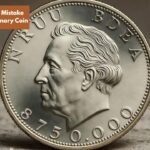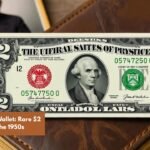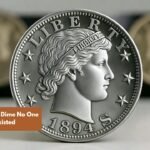Hey there, ever rummaged through your grandma’s old cookie jar and pulled out a dusty penny that looked a bit different? You know, the kind with Abraham Lincoln staring back at you, flanked by two wheat stalks on the back? Those are Lincoln Wheat Pennies, and guess what—they might just be hiding a secret fortune in your pocket change. Imagine flipping a simple coin from your couch and suddenly feeling like you’ve struck gold. Sounds crazy, right? But stick with me, because one of these little guys could actually fetch up to two million bucks at auction. Let’s dive into this numismatic treasure hunt and see if you’ve got a winner lurking in your loose change.
What Makes an Old Penny Turn Heads?
Picture this: back in the early 1900s, the U.S. Mint started churning out these pennies to honor President Lincoln on his centennial birthday. From 1909 to 1958, they featured that iconic wheat design, like two golden ears whispering promises of harvest. Most folks spent them like candy, so today, billions float around in jars and drawers. But here’s the kicker—not all are created equal. What turns a humble penny into a millionaire-maker? It’s all about rarity, condition, and a dash of history’s quirky mistakes.
Think of it like finding a rare baseball card in your attic. If it’s common, it’s just a cool memento. But if it’s one-of-a-kind, with pristine edges and no creases? Boom—collectors go wild. For Lincoln Wheat Pennies, the magic happens when something goes wrong at the mint. Errors in metal, date, or design can skyrocket the value. And trust me, in the world of coin collecting, “wrong” often means “right” for your wallet.
The Legend of the 1943 Copper Wonder
Now, let’s get to the star of the show: the 1943 Lincoln Wheat Penny struck in copper. During World War II, copper was gold for the war effort—bullets and shells needed it more than pocket change. So, the Mint switched to zinc-coated steel for pennies that year, making them look like shiny little shields. But oops! A few copper planchets (those blank discs before stamping) slipped into the mix at the Philadelphia Mint. Only about 20 of these rogue coppers are known to exist.
Imagine a factory worker accidentally tossing a red-hot potato into a pot of steel soup. That’s your 1943 copper penny—totally out of place, but oh-so-valuable. One sold for a whopping $1.7 million back in 2010, and experts say a perfect one could hit $2.3 million today. It’s like your everyday penny got a VIP upgrade overnight. Have you checked your 1943s lately? Most are steel fakes, but if yours rings like a bell when dropped (copper’s denser), you might just be sitting on a fortune.
Spotting Other Hidden Gems in Your Collection
Don’t toss those other Wheat Pennies yet! While the 1943 copper steals the spotlight, plenty of siblings shine too. Take the 1909-S VDB, named after designer Victor David Brenner’s initials on the back. Only 484,000 were minted before public outcry yanked those letters off. In top shape, it can pull in $100,000 or more—like a first-edition book that’s survived a library fire.
Or how about the 1914-D from Denver? With just over a million made, and many lost to time, a gem-quality one might net you $150,000. It’s as if the coin gods whispered, “Keep this one safe,” and lucky finders listened. Even the 1922 “No D” error, where the Denver mint mark vanished like a magician’s trick, commands up to $67,000. Rhetorical question time: Why do these quirks matter? Because collectors crave the story, the surprise, the “what if” that makes your penny a piece of living history.
To hunt like a pro, grab a magnifying glass and check for clear dates, sharp details, and that telltale reddish glow (no green patina from age). Store them in soft cloth albums, away from grubby fingers—oils can dull their shine faster than a bad polish job. And hey, apps and online guides make it easy for newbies like us to play detective without a badge.
Why Bother Digging Through Pennies Anyway?
You might wonder, “Is this worth my Saturday afternoon?” Absolutely, if you’ve got a thrill-seeker’s heart. Coin hunting’s like a grown-up Easter egg hunt—low risk, high reward, and full of “aha!” moments. Plus, in a world of digital dollars, holding a tangible treasure feels grounding, doesn’t it? It’s not just about the money; it’s connecting with the past, one flip at a time. Who knows? That jar under your sink could rewrite your story from “penny-pincher” to “penny tycoon.”
In the end, most Lincoln Wheat Pennies won’t make you rich, but that’s the fun—turning the ordinary into extraordinary. So, next time you spot one in your change, pause and ponder: Could this be the one? Grab that jar, start sorting, and who knows? Your hidden fortune might be just a wheat stalk away. Whether you strike it big or not, you’ve got a tale to tell—and that’s priceless.
FAQs
What years were Lincoln Wheat Pennies made?
They rolled out from 1909 to 1958, giving folks over 50 years of wheat-themed luck.
How do I know if my penny is copper or steel?
Drop it on a hard surface—copper clinks like a bell, while steel gives a dull thud.
Can a common Wheat Penny be valuable?
Sure, if it’s in mint condition with no wear, even everyday dates like 1955 can fetch hundreds.
Where should I sell a rare penny?
Try auction houses like Heritage or eBay for starters, but get it graded by PCGS first for max bucks.
Is it safe to clean old pennies?
Nope—skip the polish; it can hurt the value. Let experts handle the glow-up.










